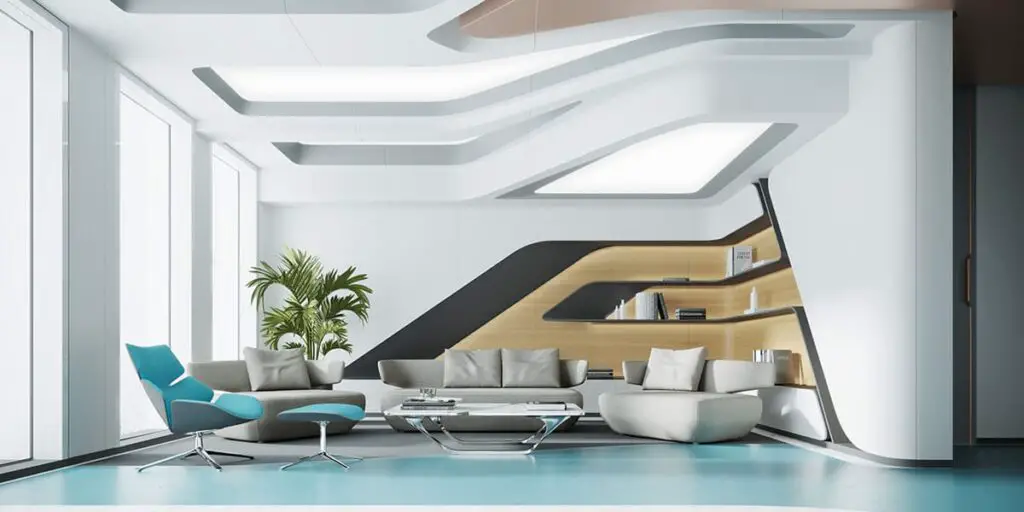In the rapidly evolving realm of architecture and design, the concepts of technology and innovation have become pivotal in shaping the dream homes of the future. As we delve into the intricate dance of modernity and comfort, it’s clear that the integration of advanced technological solutions and innovative design principles is transforming how we conceive and experience our living spaces. This article explores the latest trends and technologies that are defining the future of home design, offering insights into how they can transform everyday living into an extraordinary experience.
Cutting-Edge Technologies Enhancing Home Design
The adoption of new technologies in home design is not just about adding convenience; it’s about redefining the efficiency and sustainability of our living environments. Smart home technology is at the forefront of this transformation, with systems that automate everything from lighting and heating to security and entertainment. Smart thermostats like Nest and Ecobee learn your habits to optimize heating and cooling schedules, reducing energy consumption while enhancing comfort.
Moreover, the integration of Internet of Things (IoT) devices has paved the way for homes that are not only interconnected but also adaptive to the needs of their inhabitants. IoT sensors can monitor conditions such as air quality and humidity, adjusting environments to suit the preferences of residents, thus promoting a healthier living space.
Sustainable Practices in Modern Home Design
Sustainability is increasingly at the heart of modern home design. Innovative architectural designs now incorporate materials and systems that minimize environmental impact. For instance, photovoltaic glass on windows can harness solar energy, converting it into electricity while reducing reliance on fossil fuels. Similarly, green roofs and walls act as natural insulators, reducing the need for artificial heating and cooling while also purifying the air.
The use of recycled materials in construction is another key trend. Reclaimed wood, recycled steel, and glass are popular choices, offering both environmental benefits and aesthetic appeal. These materials not only help reduce the home’s carbon footprint but also contribute to a unique, modern look.
Revolutionary Design Elements in Home Architecture
The layout and structural elements of a home are also undergoing significant changes due to technological advancements. The concept of modular design has gained popularity, where prefabricated sections of a home are manufactured in a factory setting and then assembled on-site. This method offers numerous advantages, including reduced construction time, less waste, and potentially lower costs, all while maintaining high standards of quality and design.
In addition, adaptive reuse of buildings has emerged as a creative solution to urban space limitations. This approach involves transforming existing structures into residential use, which not only preserves historical architectural elements but also supports sustainable urban development.
Enhancing Aesthetic and Functional Elements Through Technology
Technology also plays a critical role in enhancing the aesthetic and functional aspects of home design. For example, adjustable transparency glass can change from clear to opaque with the click of a button, providing privacy without the need for curtains or blinds. Advanced lighting systems that mimic natural light patterns can boost mood and productivity, effectively blending functionality with wellness.
Future Trends in Dream Home Design
Looking ahead, the future of dream home design promises even more exciting advancements. Augmented reality (AR) and virtual reality (VR) are set to become integral tools in home design, allowing homeowners to visualize and customize their living spaces in immersive 3D before construction even begins. Furthermore, as artificial intelligence (AI) continues to advance, we can expect even more personalized home environments that can predict and adapt to the changing needs of residents.
In conclusion, the intersection of technology and innovation is crafting a new vision for dream home design that prioritizes sustainability, efficiency, and personalization. These trends not only enhance the functionality and aesthetics of homes but also pave the way for a more sustainable and innovative future.


